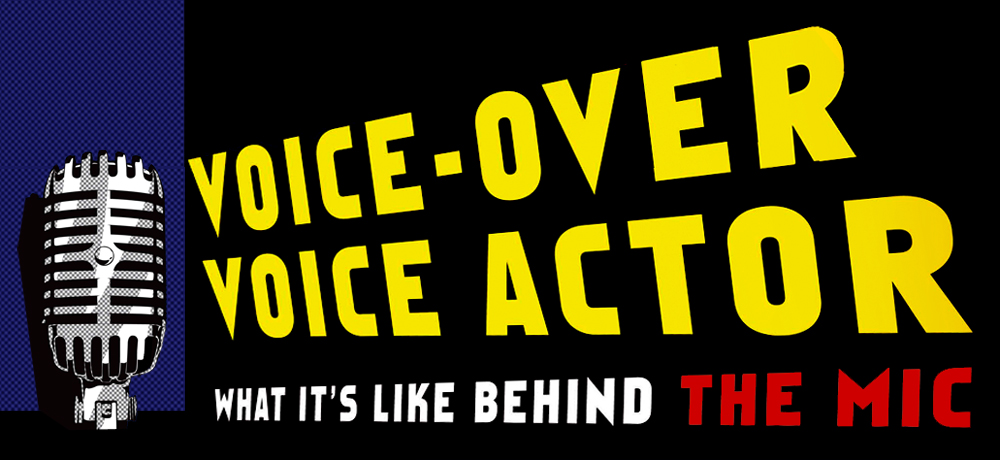Vocal Warm Ups: The 1-2-3-4 of warming up!
 How do you start your warm up? And is there a correct order for warm up exercises? Here are our recommendations:
How do you start your warm up? And is there a correct order for warm up exercises? Here are our recommendations:
1) WARM UP YOUR VOCAL CORDS: Begin by gentle warm ups - you may notice when you first wake up that your voice sounds sleepy. Humming and feeling the resonance in your chest is great for getting the voice gently moving.
- Hmmm
- Mmmm
2) ENUNCIATION: After your voice starts to feel a little less groggy, begin to focus on enunciation, or the art of speaking clearly. Pay attention to the different ways the mouth must move in order to create the following sounds:
- PTKT pronounced puh-tuh-kuh-tuh
- BDGD pronounced buh-duh-guh-duh
- Wewa pronounced wee-wah
- Trills created by rolling your tongue on the roof of your mouth while saying TR: trrrrr or R: rrrrrr
- Rapid fire succession ptkt-bdgd-ptkt-bdgd
3) ARTICULATION: Similar to enunciating, articulation relates to speaking distinctly. Let’s call the moving and non-moving parts of your face and mouth that help you articulate words (lips, teeth, tongue, roof of the mouth) the vocal creators. Articulation is a function of how these vocal creators work together to make sounds. After practicing the enunciation exercises ptkt, bdgd, wewa, try to pull everything together for articulation by saying these rhymes and tongue twisters:
- “What a todo to die today, at a minute or two ‘til two, a thing distinctly hard to say, but harder still to do; for they’ll beat a tattoo at a twenty ‘til two, a rat-tat-tat-tat-tat-tat-tat-tat-tat-too, and the dragon will come when he hears the drum, at a minute or two ‘til two today, at a minute or two ‘til two”
- “Unique New York, Unique New York”
- “Red leather, yellow leather, blue blood, black blood’
- “Brrrrr” made by blowing out with your lips closed to create a motorboat sound, sort of like a raspberry without sticking your tongue out (this can get a little spitty, so watch out)
4) WORK YOUR RANGE: And finally, you’ll want to work on your range (the high–to-low pitches that you can take your voice to). Here’s an exercise for expanding your range:
- Sirens (sort of like the sound of a fire truck): eeeeeeeee up and down in range, starting from low to high, and then high to low
